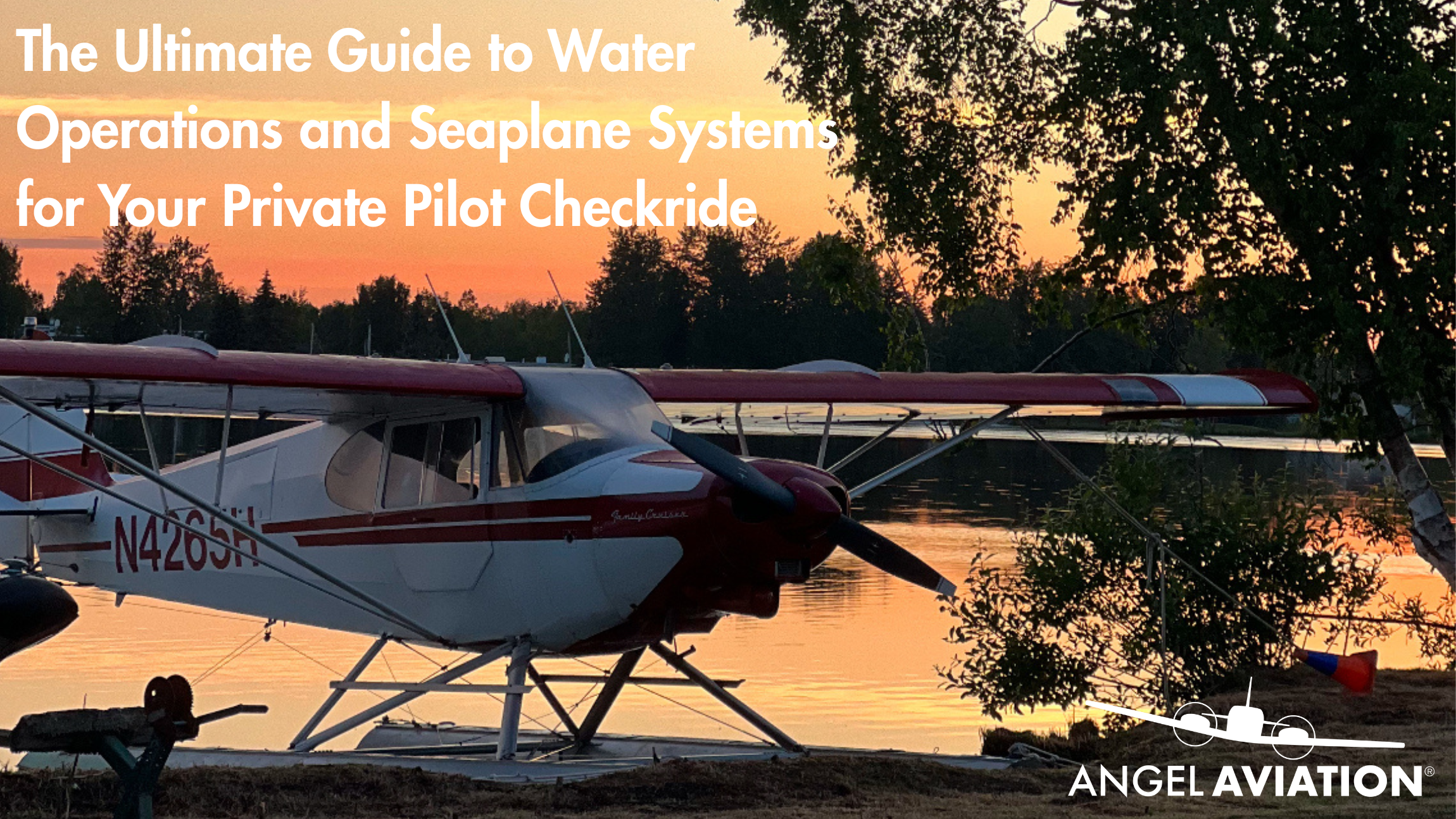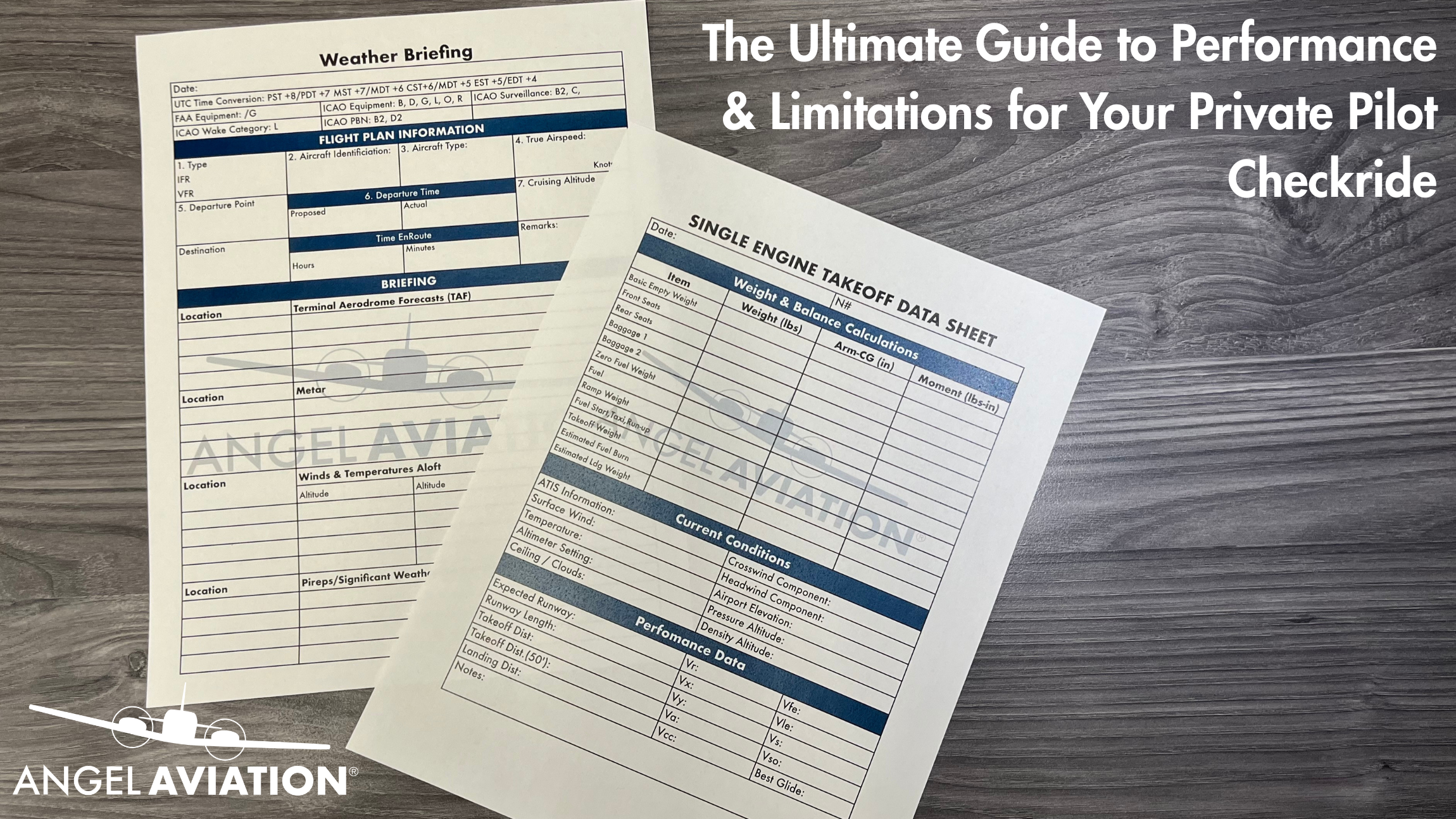At Angel Aviation, we know that weather is one of the most challenging — and most important — parts of flight training. Whether you’re training with us in sunny Arizona or rugged Alaska, understanding weather theory and making sound decisions based on real-time data is absolutely essential to becoming a safe and competent pilot.
If you’re preparing for your Private Pilot License (PPL) checkride, this guide will walk you through everything our instructors want you to know to master the weather section with confidence.
Why Weather Knowledge Matters at Angel Aviation
Flying isn’t just about stick and rudder skills — it’s about decision-making. Our instructors teach weather not just to help you pass your checkride, but to help you think like a pilot every time you fly. The FAA’s checkride standards require you to analyze, interpret, and apply weather knowledge to real-life scenarios — and so do we.
Know Your Atmosphere
1. Structure of the Atmosphere
Weather happens in the troposphere, where temperature decreases with altitude. Know the layers, and how changes in pressure and temperature drive wind and weather patterns.
2. Temperature, Pressure, and Stability
- High pressure = clear skies
- Low pressure = clouds and storms
Understand lapse rates and how they affect air stability and cloud development.
3. Humidity and Dew Point
The closer the temperature is to the dew point, the more likely clouds and fog will form. You should be ready to explain this to your DPE (Designated Pilot Examiner).
Clouds and Conditions
At Angel Aviation, we often quiz our students on how clouds form and what they tell us about the air.
Types of Clouds You Must Know
- Cumulus – Fair weather or instability
- Stratus – Stable, but may reduce visibility
- Cumulonimbus – Danger zone: turbulence, lightning, and potential icing
Air Stability
- Stable air – Smooth, but may have haze or fog
- Unstable air – Bumpy, but clearer visibility
Understand how this affects flight conditions — it’s not just textbook knowledge, it’s day-to-day flying at Angel.
Decoding Weather Reports
You’ll be expected to confidently read METARs and TAFs — not just decode them, but explain how they affect your go/no-go decision.
METAR
- Hourly, current weather
- Know how to decode: winds, visibility, sky condition, altimeter, and remarks
TAF
- 24-30 hour forecasts
- Be fluent with codes like FM, TEMPO, BECMG, and what they mean for your flight window
Other Reports
- Winds Aloft Forecasts – Know direction, velocity, and freezing levels
- PIREPs – In-flight weather reported by other pilots
- AIRMETs/SIGMETs – Hazards like turbulence, icing, or IFR conditions
Weather Charts That Matter
At Angel Aviation, we train you to go beyond METARs and look at the big picture. These charts help you anticipate changes, not just react to them.
Charts You Should Know
- Surface Analysis Chart – Pressure systems, wind, and fronts
- Low-Level Significant Weather Chart – IFR areas, turbulence, and icing forecasts
- Radar and Satellite – Know what’s actually happening on the ground and aloft
Section 5: Recognizing Weather Hazards
Your DPE may ask: “What would you do if a thunderstorm was developing along your route?” At Angel, we role-play these scenarios in the sim and in briefings so you’re never caught off guard.
Know These Hazards
- Thunderstorms – The three stages (Cumulus, Mature, Dissipating), and the 20 NM rule to stay away
- Icing – Conditions required, how it affects performance, and escape options
- Turbulence – Causes, types (mechanical, convective, clear-air), and how to report it
- Fog Types – Especially in Alaska, be ready to explain radiation, advection, and upslope fog
Resources Every Angel Pilot Uses
Flight Service Stations
Call 1-800-WX-BRIEF and know how to request a Standard, Outlook, or Abbreviated briefing.
Digital Tools
- AviationWeather.gov
- ForeFlight (every Angel Aviation student uses it)
- Garmin Pilot, WeatherSpork, and more
Practice interpreting these tools with your instructor during dual cross-countries.
Section 7: Checkride-Specific Prep at Angel
We go beyond just meeting the ACS (Airman Certification Standards). At Angel Aviation, we simulate oral exam questions during your ground lessons so nothing catches you by surprise.
Sample Scenario Questions
- “Based on this TAF, would you depart for your cross-country?”
- “What hazards are expected between here and your destination?”
- “If ceilings dropped 500 feet mid-flight, what would you do?”
You’ll learn to back up your decisions with weather logic — exactly what the examiner wants to see.
Final Thoughts from Angel Aviation
We don’t teach weather just so you can pass your checkride — we teach it so you can make smart, safe decisions every day you fly. Whether you’re flying over the deserts of Arizona or the icy inlets of Alaska, weather is your most important preflight check.
Take the time to understand it, practice interpreting it, and ask questions. Your instructors, mentors, and peers at Angel Aviation are here to help you every step of the way.
Need Extra Help?
Ask one of our instructors for a Weather Deep Dive Session!






Leave A Comment